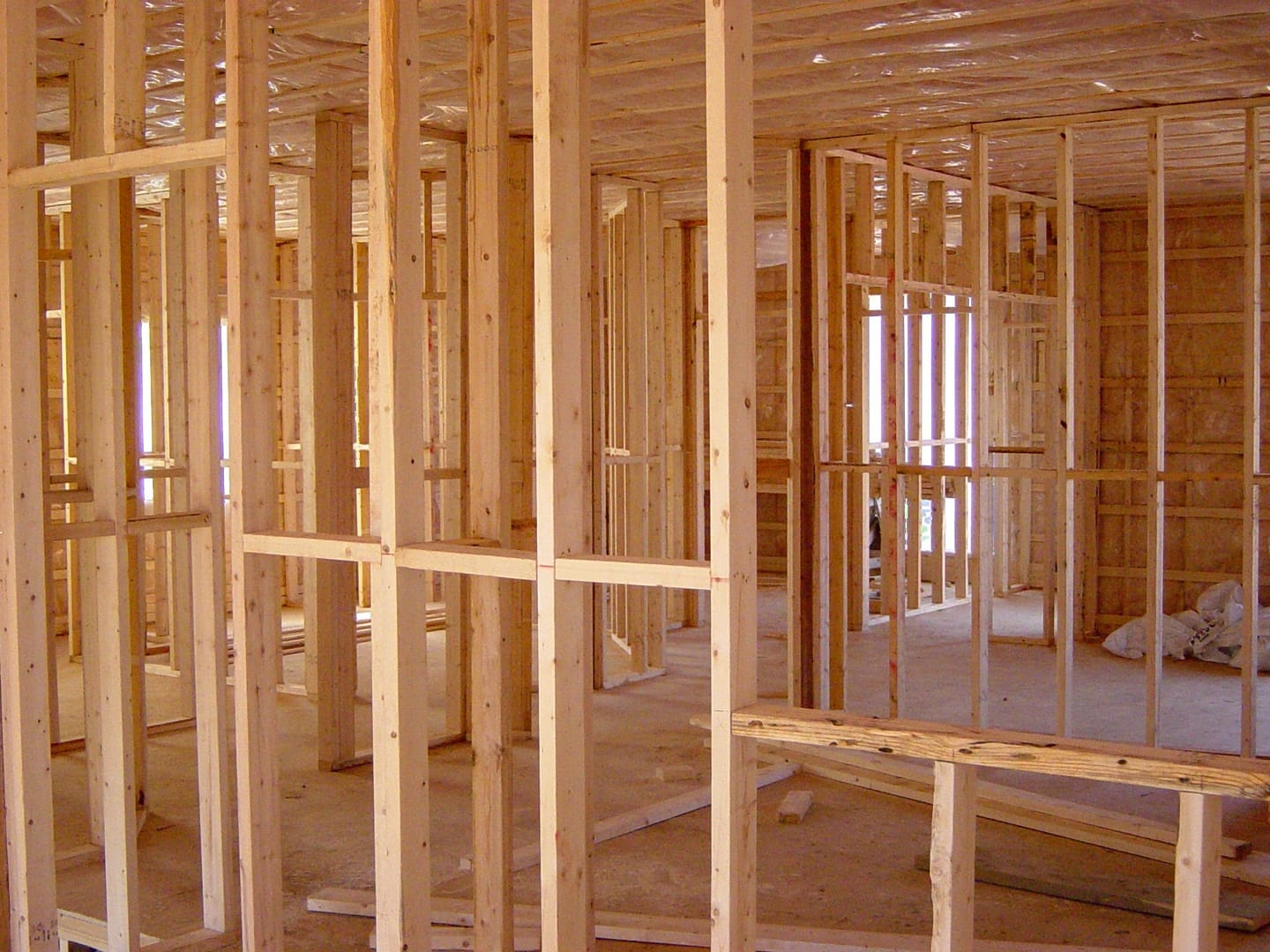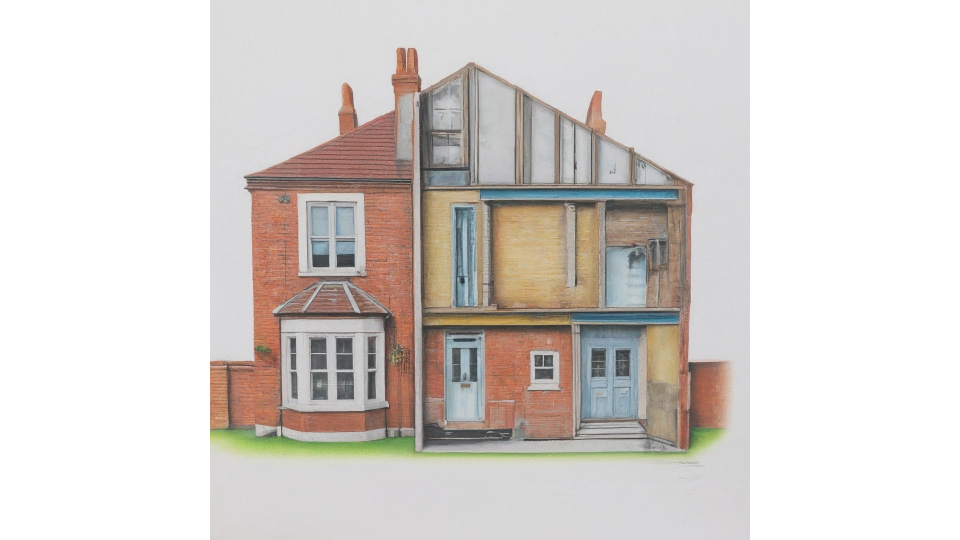Renew Your Vision: with a light or heavy refurbishment loan from Acorn.finance
Unlock the Potential of Your Portfolio: Light Refurbishment or Heavy Refurbishment Loans made simple.
Are you looking to transform your property into a lucrative investment? At Acorn.finance, we specialise in providing you with a tailored property refurbishment loan. Designed to help you maximise your property’s value and yield. Whether you’re an experienced investor or a first-time property developer, our flexible financing solutions can make your refurbishment project a reality.
Buying a project property to refurbish or renovate can be a great way to develop a quality portfolio and build equity.

- Renew Your Vision: with a light or heavy refurbishment loan from Acorn.finance
- Do you need a light or heavy refurbishment loan product?
- Why Choose Acorn.finance for Your Property Refurbishment Loan?
- What are the Benefits of a Property Refurbishment Loan?
- How will I get the best refurbishment loan?
- What types of projects can refurbishment loans cover?
- Who do I contact for renovation advice?
- Do you need a light or heavy refurbishment loan product?
Why Choose Acorn.finance for Your Property Refurbishment Loan?
Expertise and Experience: With years of experience in the property finance sector, Acorn.finance understands the unique challenges and opportunities of property refurbishment and thus it’s funding! Our team of experts is here to guide you through every step of the financing process.
Tailored Loan Solutions: We offer customised renovation loan options that cater to your specific needs and project goals. Whether you’re planning a minor renovation or a major overhaul, we’ll work with you to find the best financing solution.
Competitive Rates and Terms: Our strong relationships with a wide network of lenders allow us to secure competitive rates and favorable terms for our clients. That’s how we make sure you’ll get the best deal!
Fast and Efficient Process: We understand the importance of timely access to funds in property refurbishment projects. Our streamlined application and approval process ensures you get the funds you need quickly and efficiently.
What are the Benefits of a Property Refurbishment Loan?
Increased Property Value: Refurbishing your property can significantly increase its market value, offering a higher return on investment.
• Enhanced Rental Income: Upgraded properties can command higher rental rates, boosting your rental income potential.
• Expand Investment Portfolio: With the right financing, you can take on multiple refurbishment projects, expanding and diversifying your property portfolio.
• Flexible Repayment Options: Refurbishment loans come with different repayment options to suit your cash flow and project timeline.
High quality property results in happier tenants, higher rents and in happier investors! Getting the right refurbishment loan will make all the difference to your renovation project!
With the almost permanent shortage of quality property in the UK market. There’s growing pressure on investors to find ways to improve their margins, refurbishment is a great option.
Whether buying to refurbish, buying to convert or improve your existing stock, getting the right funding will ensure your project goes without a hitch. (well, at least without a funding hitch!)
By using refurbishment bridging loans you can buy smarter you can save money and help develop a stronger portfolio.
How will I get the best refurbishment loan?
- The finished value of the refurbished property (also known as the Gross Development Value or GDV).
- The required works: What will it cost to have the work done (including a contingency for over spends on the renovation) and who will do the refurbishment work?
- How long do you need the loan for? To cover the works and then a reasonable timescale for refinance onto a term mortgage or to sell the property.
- By working backwards through these points you can work out a realistic purchase budget.
2. Tailored Loan Proposal: Based on your requirements, we prepare a customised loan proposal with competitive rates and terms.
3. Quick Approval Process: Our efficient approval process ensures you get access to funds swiftly, minimising project delays.
4. Ongoing Support: Throughout your refurbishment project, our team provides continuous support and guidance to ensure your success.
What types of property refurbishment loan are there?
The range of finance comes down to the type of property as well as the extent of the refurbishment or renovation required (in cost and time), the finished value and your plan for the finished property.
Because we’re working for you with a wide panel (over 400 lenders), we’ll work together to consider each option before we make a recommendation.
- Refurbishment briding loans (short term bridge loan)
- Refurbishment finance to term mortgage
- Refurbishment mortgage
- We’ also break loans into light refurbishment, heavy refurbishment (and sometimes medium refurbishment!)

Refurbishment bridging finance;
What is a Refurbishment Bridging Loan?
A refurbishment bridging loan provides quick access to funds for propercty refurbishment projects. A short term (3 – 18 month) product, the primary security will be the property being refubished. Once the refurbishment is complete, the borrower can either sell the property or refinance with a long-term mortgage to repay the bridging loan.
Advantages of Refurbishment Bridging Loans
Refurbishment bridging loans offer several advantages for property investors and developers:
- Quick Access to Funds: Bridging loans are typically processed faster than traditional mortgages, so you’ll soon have the funds you need for urgent refurbishment projects.
- Short-Term Solution: Short term in nature (3 – 18 months) any form of bridge is great for long term investors or “buy and flip” specialists.
- Flexible Usage: Funds from a refurbishment bridging loan can be used for a variety of refurbishment activities, including structural repairs, cosmetic upgrades, and conversions.
- Increased Property Value: By financing necessary renovations, a refurbishment bridging loan can significantly increase the market value of a property, leading to higher sale prices or rental income.
- Less Stringent Criteria: Compared to traditional loans, bridging loans often have more flexible lending criteria, making them accessible to a wider range of borrowers, including those with less-than-perfect credit.
- Interest Roll-Up Options: Some bridging loans offer the option to roll up interest payments, meaning you don’t have to make monthly interest payments. Instead, the interest is added to the loan balance and repaid at the end of the term.
Combined Refurbishment bridge loan to term mortgage products;
- Use the same lender for the bridge as the term mortgage – saving the cost of changing to another lender.
- A pre approved mortgage for when you finish the work means that you don’t have the worry of a refinance.
- In addition you’ll have reduced legal & professional fees by not switching lenders at the end of the refurbishment finance stage.
- Of course if there’s a better mortgage option, you can take it. There’s no tie in to the lender.
Refurbishment mortgage;
- For minor or light refurbishments only.
- As long as the refurbishment is under 15% of purchase price it should fit.
- The interest rate could be higher than comparable mortgages, so discuss first with an Acorn.finance expert.
Understanding the Difference Between Renovation and Refurbishment
In the world of property improvement, the terms “renovation” and “refurbishment” are often used interchangeably, but they actually refer to different types of work. Understanding the distinction between the two can help property owners and investors better plan their projects and communicate effectively with contractors and financiers.
Renovation
Definition: Renovation involves restoring a property to a good state of repair. It typically includes repairing, updating, or replacing the elements of a property to make it look new or to ensure it meets current standards.
Scope: Renovation projects can range from minor repairs to major overhauls. They often focus on improving functionality, safety, and compliance with building codes.
Typical Tasks:
- Structural Repairs: Fixing issues with the foundation, roof, walls, or other structural elements.
- Updating Systems: Replacing outdated electrical, plumbing, heating, and cooling systems.
- Cosmetic Changes: Painting, flooring, and updating fixtures to refresh the appearance.
- Space Reconfiguration: Knocking down walls to create open spaces or adding new rooms.
Example: Renovating an old house might involve repairing a leaking roof, updating the electrical wiring to meet modern standards, and installing a new kitchen and bathroom.
Refurbishment
Definition: Refurbishment refers to improving the appearance and functionality of a property. It usually involves cosmetic updates and light repairs, rather than extensive structural work.
Scope: Refurbishment projects are generally less extensive than renovations. They aim to enhance the aesthetic appeal and functionality of a property without making significant changes to the structure or layout.
Typical Tasks:
- Repainting: Freshening up the walls with new paint.
- Replacing Fixtures: Updating light fixtures, taps, and other fittings.
- Upgrading Finishes: Installing new flooring, kitchens or bathrooms.
- Minor Repairs: Fixing small issues like leaking taps or cracked tiles.
What are the Key Differences between Renovation and Refurbishment?
- Scope of Work:
- Renovation: Often involves extensive work, including structural repairs and major system upgrades.
- Refurbishment: Focuses on cosmetic improvements and minor repairs.
- Project Scale:
- Renovation: Can be large-scale projects that significantly alter the property.
- Refurbishment: Usually smaller-scale projects aimed at improving the existing condition without major changes.
- Purpose:
- Renovation: Aimed at making a property safe, functional, and up to current standards.
- Refurbishment: Geared towards enhancing the visual appeal and usability of a property.
- Cost and Time:
- Renovation: Typically more expensive and time-consuming due to the extent of work involved.
- Refurbishment: Generally less costly and quicker to complete.
Which is the right approach?
When deciding between renovation and refurbishment, consider the following factors:
- Condition of the Property: If the property has structural issues or outdated systems, a renovation may be necessary. For properties in good condition that just need a facelift, refurbishment is often sufficient.
- Goals: Determine whether you want to make fundamental changes or simply improve the appearance and functionality.
- Budget: Renovations usually require a larger budget and more time, while refurbishments can be more budget-friendly and quicker to execute.
- End Use: Consider how the property will be used after the work is completed. For example, if you plan to sell or lease the property, refurbishment might be enough to attract buyers or tenants.

What’s the difference between light and heavy refurbishments?
Finance providers offer products depending on the levels of works and the risk to them as a funder. More risk will often mean higher cost of finance. Refurbishment lenders view structural works as higher risk. Thus the products are different depending on the scope and the oversight from the lender.
Do you need a light or heavy refurbishment loan product?
Do you need a light or heavy refurbishment loan product?
Firstly, you’ll need to assess the property and ascertain the work required. Depending on the property and your experience you might need advice from a surveyor from RICS, the PCA or your builder and architect .
Refurbishment lenders each have their own definitions of when a light refurbishment becomes heavy but it often relates to;

- Is planning permission required?
- Will you be making structural alterations to the property?
- Will you be making external extensions, either outwards, upwards or downwards?
- When the loan is a high proportion of the purchase price.
How will we get you a great refurbishment loan?
Working with you we’ll be putting a package together for the lender which will cover;
- You, the applicants – your expeience, finances and credit background.
- The property – what work is required, is the plan realistic and costed?
- The exit – will you be refinancing or selling the property, are your figures achievable?
Frequently Asked Questions – Refurbishment finance.
What is a refurbishment loan?
A refurbishment loan is a type of short-term funding to fund the renovation or improvement of a property. These loans can be used for various projects, including residential or commercial refurbishments, property extensions, and general repairs. The loan is typically secured against the property being refurbished and is repaid either through the sale of the property or refinancing after the improvements are completed
When would a refurbishment bridging loan be required for a refurbishment project?
As soon as your project exceeds the budget you have available then refurbishment finance is going to be a necessity. Some property investors will work through the refurbishment gradually and as their cash-flow allows but the time/cost can sometimes mean that having a property out of action for a number of months could end up costing more than paying the professionals to get the job done quick!
What types of projects can refurbishment loans cover?
Refurbishment loans can cover a wide range of projects. Acceptable works include:
- General refurbishment (e.g., modernising an outdated property)
- Property extensions (e.g., adding extra rooms)
- Structural repairs and renovations (e.g., fixing foundational issues or replacing roofs)
- Energy efficiency improvements (e.g., installing new windows or insulation) These loans are flexible and can be tailored to the specific needs of the refurbishment project
How do I apply for a refurbishment loan?
To apply for a refurbishment loan, follow these steps:
- Assess Your Needs: Determine the scope of your project and the amount of funding required.
- Choose a Lender: Working with your Acorn.finance specialist broker we’ll help you to select a lender that offers refurbishment loans suitable for your project.
- Prepare Documentation: Gather necessary documents such as property details, project plans, cost estimates, and financial statements.
- Submit Application: Complete and submit the loan application along with all required documentation.
- Approval and Funds Release: If approved, the lender will release funds, typically in stages based on the progress of the refurbishment work
How are refurbishment loans typically repaid?
Refurbishment loans are usually repaid in one of the following ways:
- Sale of Property: Once the refurbishment is complete, the property is sold, and the proceeds are used to repay the loan.
- Refinancing: The borrower can refinance the refurbished property with a longer-term mortgage, using the new loan to repay the refurbishment loan.
- Rental Income: If the property is intended for rental, the income generated can be used to service the loan repayments until a longer-term financing solution is arranged through a buy to let mortgage.
What are the main benefits of using a refurbishment loan?
The primary benefits of refurbishment loans include:
- Quick Access to Funds: They provide fast access to capital, enabling prompt commencement of refurbishment projects.
- Increased Property Value: Successful refurbishments can significantly increase the value of the property, providing a good return on investment.
- Flexible Usage: These loans can be tailored to suit various types of refurbishment projects, whether residential or commercial.
- Staged Funding: Funds are typically released in stages, ensuring the project is progressing as planned and minimising financial risk for the lender
Who do I contact for renovation advice?
- Property Care Association – protection and remedial works for many property problems, from damp to flooding!
- Royal Institute of Chartered Surveyors (RICS)
- Checkatrade blog
